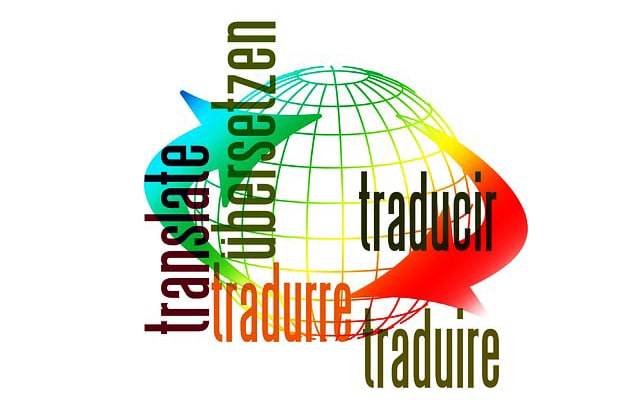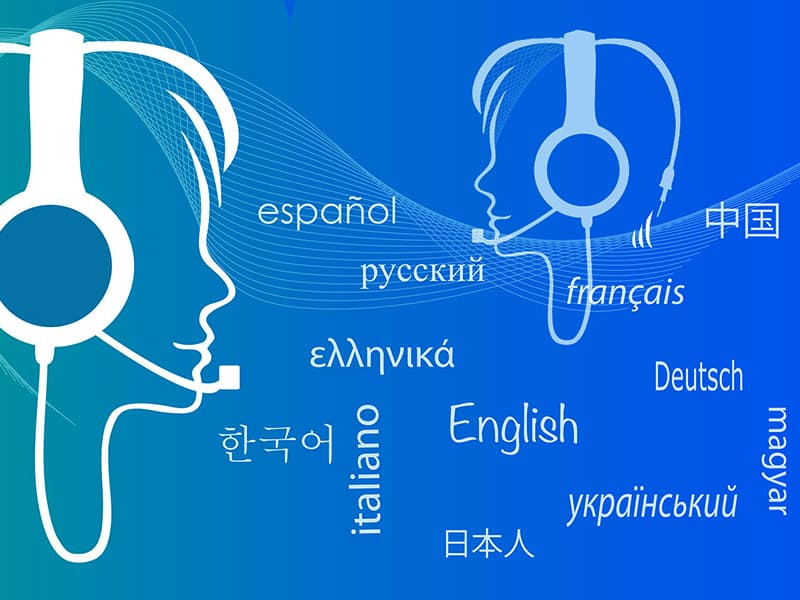Outline of the European Association EU
The European Association (EU) is an interesting political and monetary association that contains 27 part states, encouraging collaboration and incorporation among its individuals. Laid out formally in 1993 with the Maastricht Arrangement, the EU has its foundations in prior drives pointed toward advancing harmony and financial joint effort in post-war Europe. This article investigates the EU's design, targets, accomplishments, and difficulties.
EU Authentic Foundation
The EU's starting points can be followed back to the European Coal and Steel People group (ECSC) framed in 1951, which included Belgium, France, Germany, Italy, Luxembourg, and the Netherlands. This drive meant to direct coal and steel creation to forestall struggle. Throughout the long term, the EU extended its extension to incorporate more extensive monetary and political coordination, prompting the foundation of the European Financial People group (EEC) in 1957.
EU States
Austria, Belgium, Bulgaria, Croatia, Cyprus, Czech Republic, Denmark, Estonia, Finland, France, Germany, Greece, Hungary, Ireland, Italy, Latvia, Lithuania, Luxembourg, Malta, Netherlands, Poland, Portugal, Romania, Slovakia, Slovenia, Spain and Sweden.
The Unified Realm was a part until its exit in January 2020.
EU Institutional Construction
The EU works through a complex institutional system intended to guarantee majority rule administration and successful navigation. The primary foundations include:
European Commission: The leader body liable for proposing regulation, executing choices, and maintaining EU arrangements. It comprises of magistrates from every part state.
European Parliament: Made out of straightforwardly chosen delegates from EU nations, the Parliament imparts regulative powers to the Chamber of the European Association and assumes an essential part in forming EU regulations.
Committee of the European Association: Addresses the legislatures of part states and works close by the Parliament to take on regulation. The administration turns among part expresses at regular intervals.
Official courtroom of the European Association: Guarantees that EU regulation is deciphered and applied consistently across all part states. It settle lawful questions between public legislatures and EU foundations.
EU Goals and Accomplishments
The EU intends to advance harmony, strength, and flourishing inside Europe. Key targets include:
Single Market: The foundation of a solitary market takes into consideration the free development of products, administrations, capital, and individuals across part states.
Financial Development: The EU has cultivated monetary development through arrangements that empower exchange and venture. In 2023, the ostensible Gross domestic product of the EU was roughly €17 trillion.
Social Union: Drives pointed toward diminishing provincial abberations have been carried out through subsidizing programs like the European Local Improvement Asset.
Ecological Security: The EU has moved toward manageability with strategies pointed toward diminishing fossil fuel byproducts and advancing sustainable power sources.
EU End
The European Association remains as a noteworthy illustration of local coordination that has essentially formed Europe's political scene since its beginning. By advancing collaboration among assorted countries, it has encouraged monetary development and social steadiness while resolving squeezing worldwide issues. As it pushes ahead, exploring interior difficulties and outside tensions will be pivotal for keeping up with its pertinence and viability in a consistently impacting world.
NewEnglishCenter EU

Grow your business and website with our results based services.

Reach new national and international markets for your business.

Online free and premium language services will become your tools in developing your career.